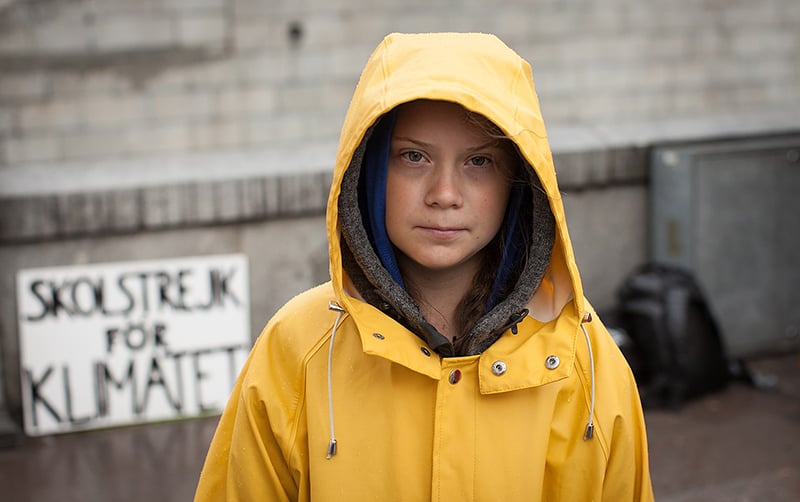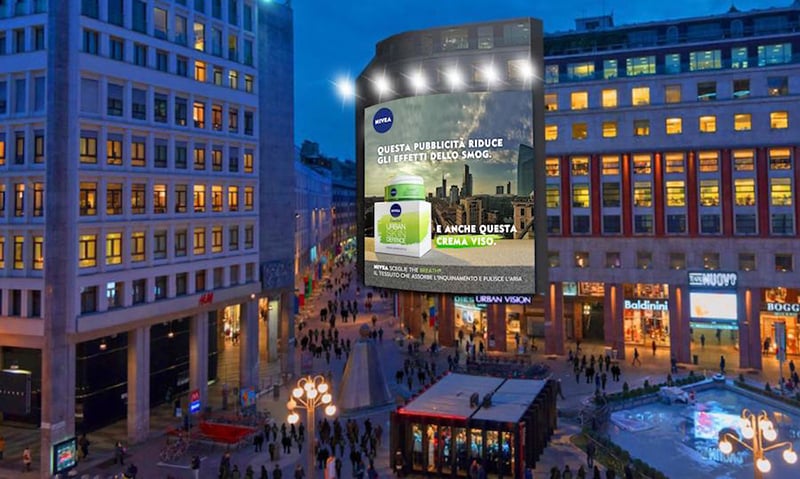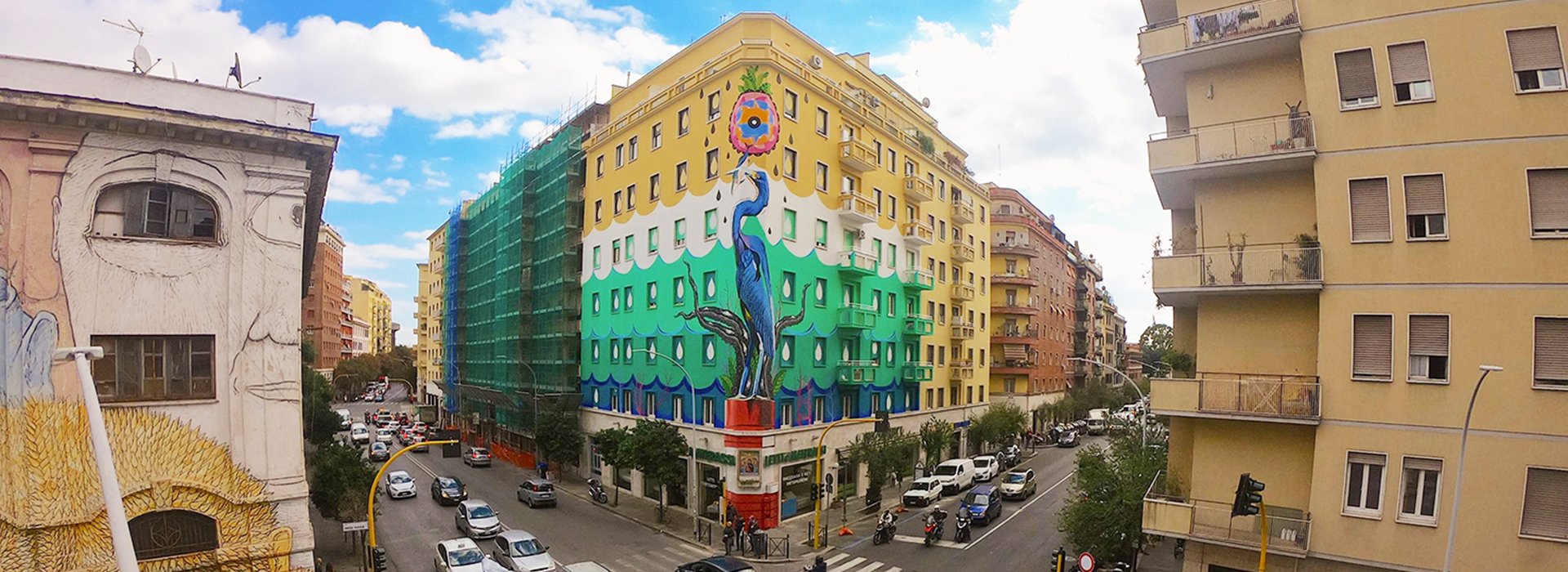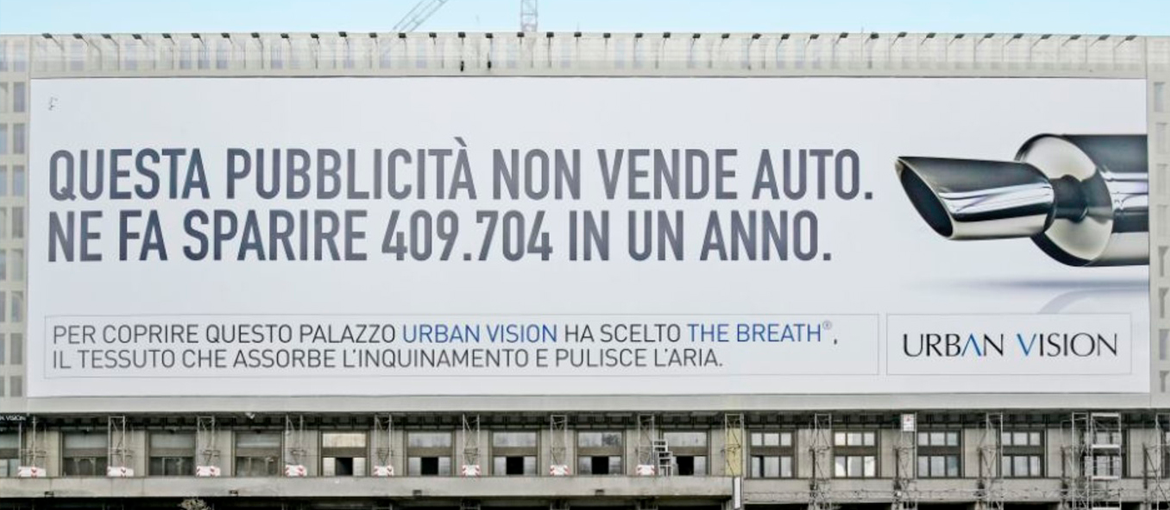Table of Contents
Environmental protection is no longer an abstract idea, nor a niche concern embraced only by a small number of activists. People are starting to come to terms with the fact that only by protecting the environment can humanity survive the biggest challenge it has ever faced. Safeguarding the planet means defending people’s health from increasingly dangerous atmospheric pollution and from climate change.
Hundreds of thousands of young people around the world have joined Greta Thunberg‘s movement Fridays for Future, which organises strikes to demand that governments take concrete action against global warming and put practical policies in place to move rapidly to a sustainable production model.
According to the World Health Organisation, the consequences of climate change and the air pollution that seriously afflicts many cities across the world could lead to an extra 250,000 deaths per year between 2030 and 2050. Moreover, recent scientific research has estimated that 95% of the global population breathes polluted and dangerous air.

In response, in recent years various products have been developed to fight these major issues, creating a virtuous circle that uses the worlds of marketing and art to encourage environmental protection.
The Breath: a fabric that absorbs pollution
One innovative antismog technology currently on the market is The Breath, produced by the Italian company Anemotech. It is a special fabric that absorbs and breaks down harmful particulates in the air and produces clean air in exchange, developed by engineers, scientists and researchers from Marche Polytechnic University.
Essentially, what The Breath does is capture smog, and it can either be used outside for billboards, advertising posters or signage, or indoors, for example in schools, hospitals and offices, to neutralise substances released by common chemical products or potential allergens.
The fabric has been used on billboards by various brands, in cities including Milan and Rome. The first to appear in Milan carried a truly iconic sentence: “This advert is not selling cars. It’s removing 409,704 of them a year“, and was created by the seller of advertising space Urban Vision.
The Breath has also been approved by the Italian environmental organisation Legambiente, and, according to its makers, it can reduce volatile organic compounds (VOCs), the molecules produced by hydrocarbons, particulates and printer and photocopier residues that pollute the air both at home and outside, by up to 40%.
The Breath’s technology is based on an extremely flexible material, and can therefore be installed in the form of a painting, a blind, a partition wall or, as we’ve already seen, a billboard. But how exactly does it work? Nanomolecules within the structure of the fabric capture smog and pollutants in an entirely passive process, taking advantage of the natural movement of the air, ensuring it is fully sustainable.
The fabric’s structure purifies the air thanks to three interdependent layers: the air passes through the material’s fibres, while a carbon fibre core captures and breaks up the polluting molecules, emitting air that is cleaner and easier to breathe. Of course, this technology will not fully purify the air of a city or office, but it certainly helps to create a cleaner environment.

NIVEA chose this material for a large 400 m² poster in Milan, emblazoned with “This advert reduces the effects of smog“, to advertise the NIVEA Essentials Urban Skin campaign and launch a range of detox products. This shows that The Breath may become an important tool for marketing agencies: being “green” pays off in terms of increasing visibility, helping the environment and boosting business at the same time.
Airlite, the “smog-eating” paint loved by street artists
Airlite is a 100% natural paint that purifies the air, with its effectiveness even cited by the United Nations. The story of this Italian technology began when the company’s co-founder, Massimo Bernardoni, started studying light-sensitive materials. He founded the business in 2013 in London, alongside Antonio Cianci and Arun Jayadev.
Airlite paint uses light energy to reduce pollution, removing 88.8% of pollutants from the air, as well as being proven to eliminate odours, mould and 99.9% of viruses and bacteria from surfaces. It works based on the principle of photocatalysis, a reaction similar to the photosynthesis carried out by chlorophyll in plants, which produces oxygen. Similarly, Airlite products use the natural properties of titanium dioxide to produce a oxidation reaction that captures and destroys the pollution in the air.
According to the researchers who developed this technology, a 100 m² area painted with Airlite reduces pollution as much as 100 m² of mature woodland, as well as offsetting the average emissions of 18 cars in a year. Basically, it is like planting an “invisible forest” that sucks the pollution from the air.
Since it can be used both indoors and outdoors, in no time at all it was adopted by various street artists with an environmental conscience, leading to a genuine movement that aims to use art to make the world a better place. There have been several projects along these lines in recent years, all with the common aim of making the air we breathe healthier.

Hunting Pollution, for example, is the largest eco-friendly mural in Europe, unveiled in October 2018 in the Ostiense district of Rome. It was created by Federico Massa, a street artist who goes by the name Iena Cruz who for years has been creating works highlighting the risks of pollution. Using Airlite paint in this case reduces pollution by as much as 30 trees. The theme depicted is the “hunting down” of smog, and nature’s battle to survive pollution.
2019 also saw the first ever eco-friendly street art biennale, held in Italy under the name Super Walls – 16 artists from across the globe came to Padua and Albano Terme to spruce up the area with 20 murals, using Airlite for their work.
Nor is Airlite’s use limited to Italy: in Mexico City, for example, the Boa Mistura collective created a 35-metre-high tree that removes the pollution created by around 60,000 vehicles a year.
Making the world a better place through marketing
Ideas like these and in-depth research into materials give us the opportunity to improve air quality in our cities. And these new technologies can also be used as a marketing tool, in a “win-win” situation that both improves the environment and increases the visibility of the companies taking a punt on these innovations, as well as providing further impetus for street art to expand its horizons.

